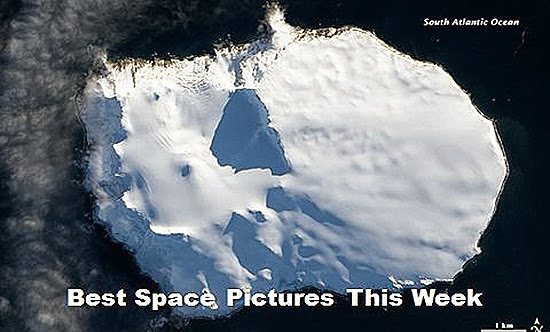
Space Pictures This Week: Cigar Galaxy, Speedy Star
By Christine Dell'Amore, National Geographic News, 28 February 2014.
By Christine Dell'Amore, National Geographic News, 28 February 2014.
Auroras dance, a speedy star leaves a bow shock in its wake, and Martian dunes glimmer. See this week's pictures...
1. A Thousand Miles from Nowhere
Looking to get away from it all? How about a trip to Bouvet Island, seen in the above satellite image released on February 26 by NASA.
Prepare for a long trip if you go to this South Atlantic island owned by Norway. The nearest inhabited island is the British territory of Tristan da Cunha, about 1,400 miles (2,260 kilometres) away. (See National Geographic's top ten islands.)
According to NASA, the island is the southernmost part of the Mid-Atlantic Ridge, the underwater mountain range that divides the African and South American tectonic plates.
2. Speedy Star
As the speedy star Kappa Cassiopeiae, or HD 2905, zips through the cosmos, it leaves a streaky red glow of material, as seen in this February 20 picture captured by NASA's Spitzer Space Telescope.
The red structures are called bow shocks and occur in front of the fastest, biggest stars, such as HD 2905, a supergiant that moves about 2.5 million miles (4 million kilometres) an hour. (Also see "'Renegade' Stars Tearing Across Universe, Hubble Shows.")
3. Branching Streams
Looking like branches of a tree, small waterways flow from northern Australia's Kumbunbur Creek toward the Timor Sea (not pictured). (See 20 stunning shots of Earth from space.)
The picture, taken by NASA's Kompsat-2 satellite in 2011 and released this week, uses false colour to make the vegetation appear red.
4. Cigar Galaxy
The neon blue of the Cigar Galaxy glows in infrared light in a picture taken by NASA's Spitzer Space Telescope in 2005 and released on February 26.
Infrared, or long wavelength, light can pass through the cosmic dust that obscures the visible, or short wavelength, light that our eyes see. (See galaxy pictures.)
But Spitzer pierces through the dust, allowing astronomers to see into and better understand this "otherwise hidden phenomena," according to NASA.
5. Frosty Dunes
Sunlight illuminates Mars's frosty dunes in this picture released by the Mars Reconnaissance Orbiter's HiRISE camera team on February 27.
Frost is visible in the shadows that appear as lighter or bluer swirls. (See "Seven Great Mars Pictures From Record-Breaking Probe.")
6. Lift-Off
A rocket carrying an observatory for measuring rain and snow worldwide lifts off from the Tanegashima Space Center in Minamitane, Japan, on February 28.
The Global Precipitation Measurement (GPM) core observatory is a joint mission between the National Aeronautics and Space Administration (NASA) and the Japan Aerospace Exploration Agency (JAXA). It aims to provide a better understanding of the Earth's weather and climate cycles. (Watch a video about climate and weather.)
7. Sky Lights
Northern lights dance above Norway in a picture that Sindre Henriksen Nedrevåg submitted this week to National Geographic's Your Shot community.
These brilliant auroras were triggered by a coronal mass ejection, or CME, that hit our atmosphere. A CME is a cloud of superheated gas and charged particles hurled off the sun.

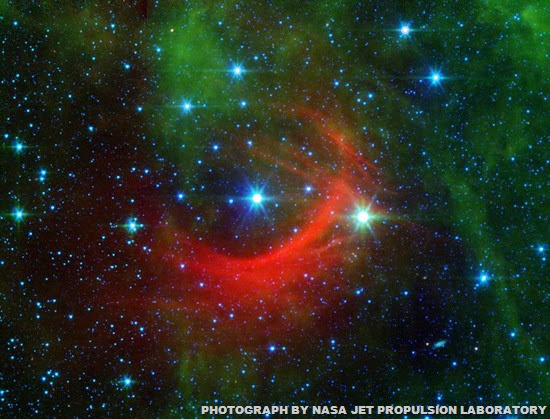
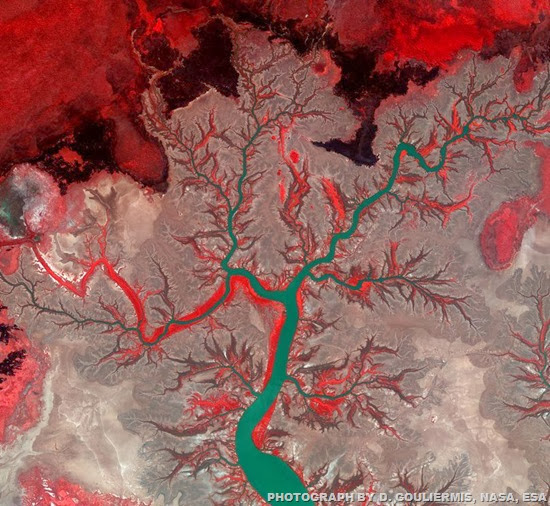
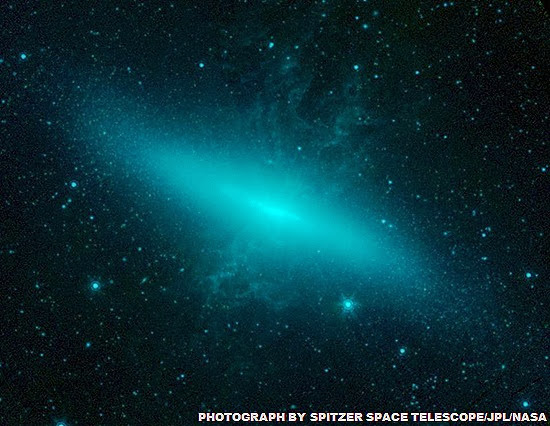
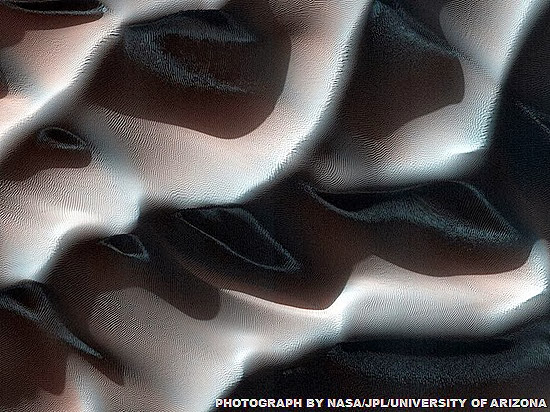
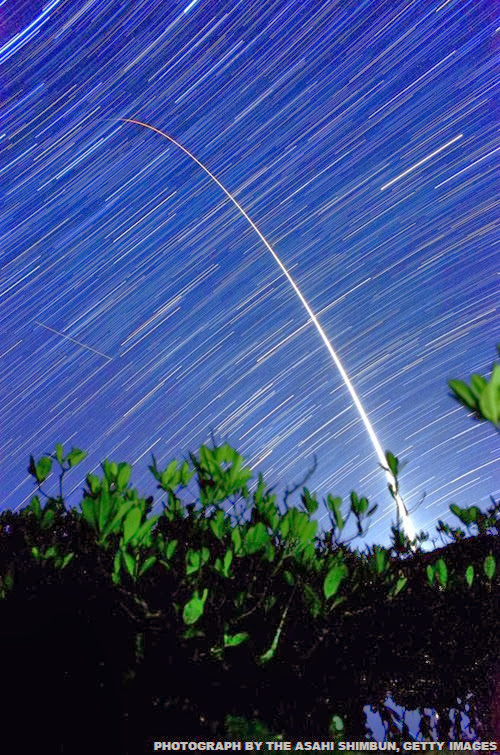
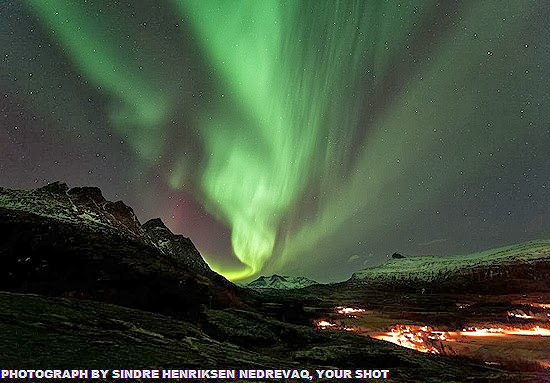
No comments:
Post a Comment
Please adhere to proper blog etiquette when posting your comments. This blog owner will exercise his absolution discretion in allowing or rejecting any comments that are deemed seditious, defamatory, libelous, racist, vulgar, insulting, and other remarks that exhibit similar characteristics. If you insist on using anonymous comments, please write your name or other IDs at the end of your message.